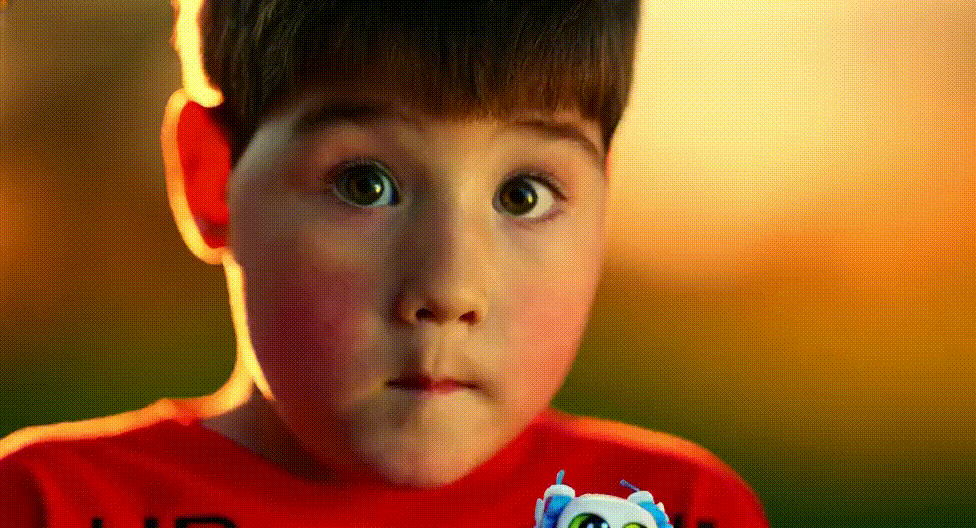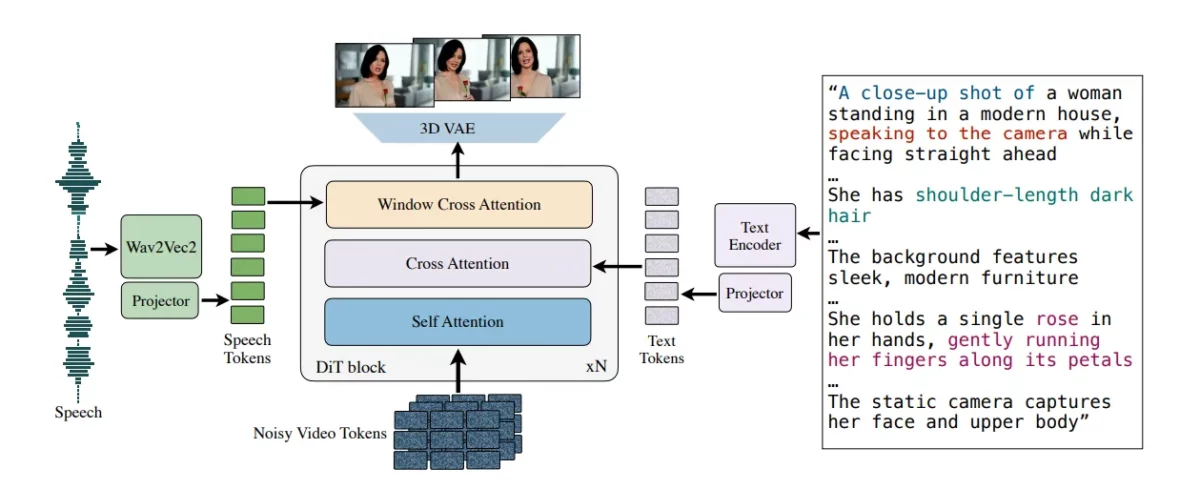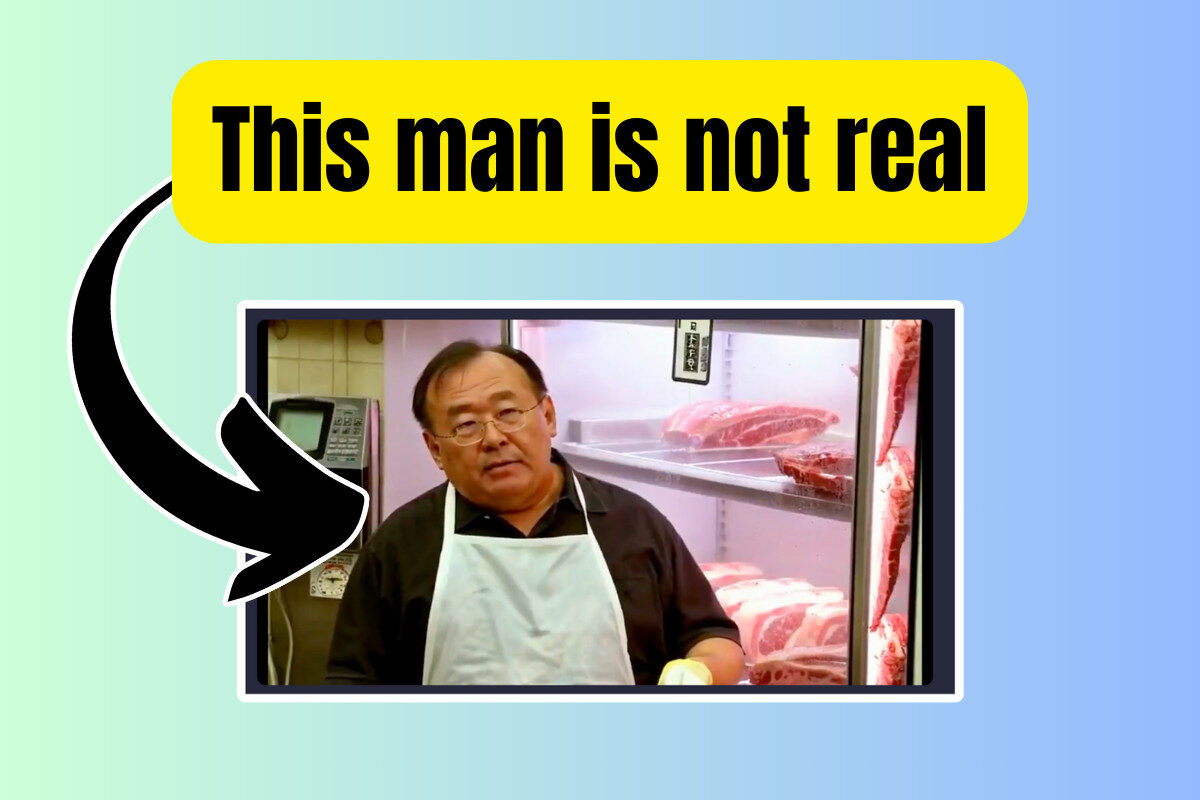TL;DR – Meta’s Mocha AI Can Turn Text Into Realistic Video. What Could Possibly Go Wrong?
Meta’s working on a new AI system called Mocha, and it could change how we create animated characters forever. Instead of motion capture or manual animation, you just type what you want — and Mocha does the rest.
- Generates 3D character animations from text prompts
- No motion capture or animation tools needed
- Understands motion styles and emotions
- Built using large motion datasets + neural rendering
- Aimed at gaming, VR/AR, and metaverse applications
Meta has not confirmed a release date or launch for MoCha – it’s still under development but should surface inside the next 12 months.
Meta just announced MoCha, an AI tool that can create almost-seamless talking videos of humans and other characters from text prompts.

It’s impressive, of course, but it is setting off alarm bells in my mind for a variety of reasons.
Here’s what MoCha does (and how it works in principle):

Mocha is Meta’s latest AI project designed to create realistic, animated 3D characters from just a line or two of text.
Instead of needing motion capture suits or complex animation software, you just describe the action you want — and Mocha handles the rest.
For example, you could type something like:
“A character jumps excitedly after scoring a goal.”
And Mocha would generate a 3D animation that reflects that exact movement and emotion — no animators required.
How Does Meta’s Mocha Work?

In order to create fake humans that (almost) look real, Mocha uses a mix of cutting-edge AI tools, including:
- Text-to-motion models that understand how to convert written prompts into specific body movements.
- Neural rendering to produce lifelike character motion and visuals.
- A huge motion dataset Meta has built to train the AI.
The result? Characters that can walk, run, gesture, or perform complex motions — all based on your description.
OK, that’s the spiel out of the way.
The next question is this: what is this here to actually do? Replace actors, create fake friends that you can talk to, artificially boost Facebook’s user base?
Honestly, it could be all of the above and more.
Nine times outta ten stuff like this is ALWAYS exploited by bad actors, misinformation agents, and spammers and scammers. AI is powering an entirely new wave of online scams – the kind that are getting really hard to spot.
More and more people are falling victim to online criminals because they now have access to AI tech that can mimic voices, deep-fake faces, and create backdoor into accounts using readily available AI tools.
Think about this:
Would your dear old nan be able to spot the difference between a real video and one generated by MoCha? I don’t think so – not unless she’s a very well informed grandma.
I know plenty of AI research is being done on things that actually matter, that will help humanity at large.
But I do find it odd that a company like Meta, a social media company, is hell bent on creating fake humans that look real and can talk.
Why is Meta so focussed on warping reality, blurring the lines between what is real and what isn’t? The Dead Internet Theory has been around for years. When it first came out – or, more specifically, when I first heard about it – I scoffed; it seems silly.
But now? All the pieces seem to be falling into place for a new internet full of AI, where nothing is real, and no one knows if the information is correct or, indeed, if the person talking to them ever even existed.
This is going to get messy.



